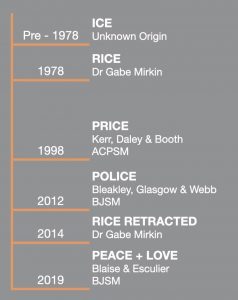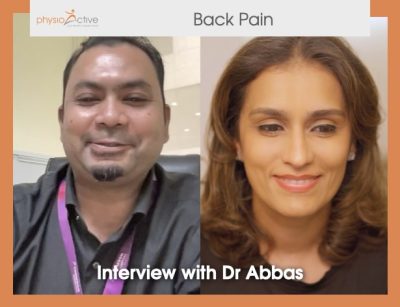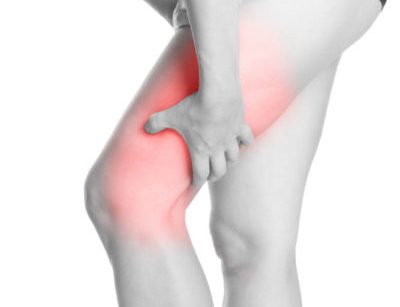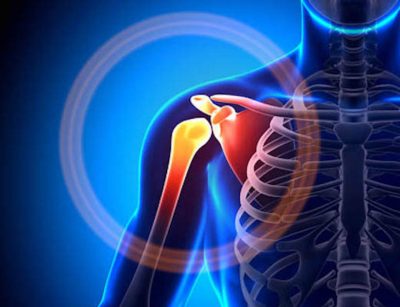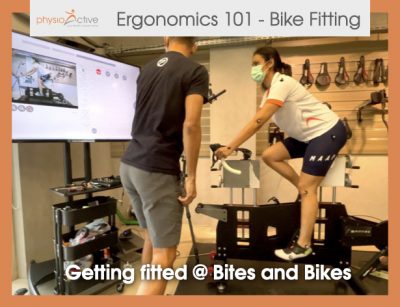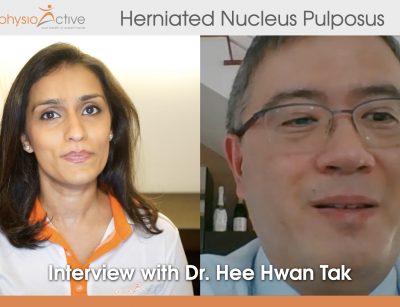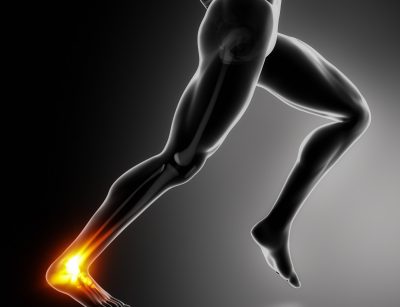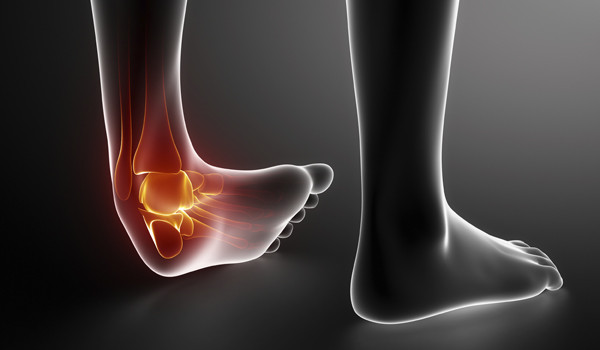
How long do I need to recover from my injuries?
Hi readers, “When am I going to recover from this condition?” This is a question that is always asked by every patient during a consultation. And to answer that question as a physiotherapist we must know very well what is happening. Starting from the mechanism of injury, the area of injury and the symptoms caused. The injury itself is divided into 2 categories, namely: hard tissue injury and soft tissue injury.
Well, this time I will discuss about soft tissue injuries and how long it takes to recover after this injury. To know the prognosis of this injury, let’s get to know more about this soft tissue injury.
What is a Soft Tissue Injury?
Soft tissue injuries are injuries that occur to muscles, tendons or ligaments. Injuries that occur are divided into 2 types, namely strains and sprains that can result from major injuries (eg accidents both vehicles and sports) and micro injuries due to excessive muscle use (eg habitual use of gadgets, working in front of the computer and sitting for long periods of time, etc.) these injuries are common and it is seldom realised that prolonged static positions can cause soft tissue injury. The following are cases that commonly occur in soft tissue injuries, including:
– Ankle sprained
– Back strain (Lower back, upper back, cervical)
– Calf strain
– Hamstring strains
– Tennis/Golfer Elbow
– Wrist sprains/strains
– Meniscus tear/rupture
– Ligament tear/rupture
The conditions mentioned above are conditions that we usually treat at our clinic. To find out more about this condition, please click here.
What is the Difference Between Strain and Sprain?
A “strain” is an injury to a muscle or tendon (a muscle or tendon is a soft tissue attached to a muscle for active stabilisation) either due to over stretching or overuse. While “Sprain” is an injury that occurs in the ligament (soft tissue that attaches to the muscle as passive stabilisation).
| Common symptoms of sprains | Common symptoms of strains |
| • bruising • pain around the affected joint • swelling • limited flexibility • difficulty using the joint’s full range of motion |
• muscle spasm • pain around the affected joint • swelling • limited flexibility • difficulty using the joint’s full range of motion |
How Long Does Post-Injury Recovery Take?
To find out how long it takes an injury to heal also depends on how severe the injury is. Soft tissue injuries have 3 levels of severity:
Grade 1 (mild) prognosis: 1 – 2 weeks
– Minimal overstretch. There may be micro-tears in the muscle fibers.
– minimal tenderness and swelling
Grade 2 (moderate) prognosis: 3 – 4 weeks
– Partial tearing of muscle fibers
– Moderate pain and swelling
– Difficulty with loading the injured area without pain.
Grade 3 (severe) prognosis: > 3 months
– There is a complete tear in the structure
– Huge pain and swelling
– Inability to use the function of the injured area
– There is instability in the injured joint.
Symptoms and Treatment of Soft Tissue Injury
What symptoms are caused when we experience this injury?
When the tissue is damaged, swelling and pain will usually occur in the injured area, besides that, a bluish tinge to the skin can occur immediately or it can also occur 24-48 hours later. This is normal because swelling is a symptom of inflammation and inflammation is part of the healing process, it’s just that excessive swelling will slow down the healing process. For that in the first 24-48 hours after injury we must control the inflammation that arises so that the healing process can occur properly. Early treatment of the right injury can determine the speed of the tissue healing process.
How is it handled?
I’m sure you’re very familiar with the PRICE injury management method (Protect, Rest, Ice, Compression, Elevation). However, with the development of science lately, there is another method, namely PEACE and LOVE (as quoted from British Journal of Sports Medicine). What is PEACE and LOVE?
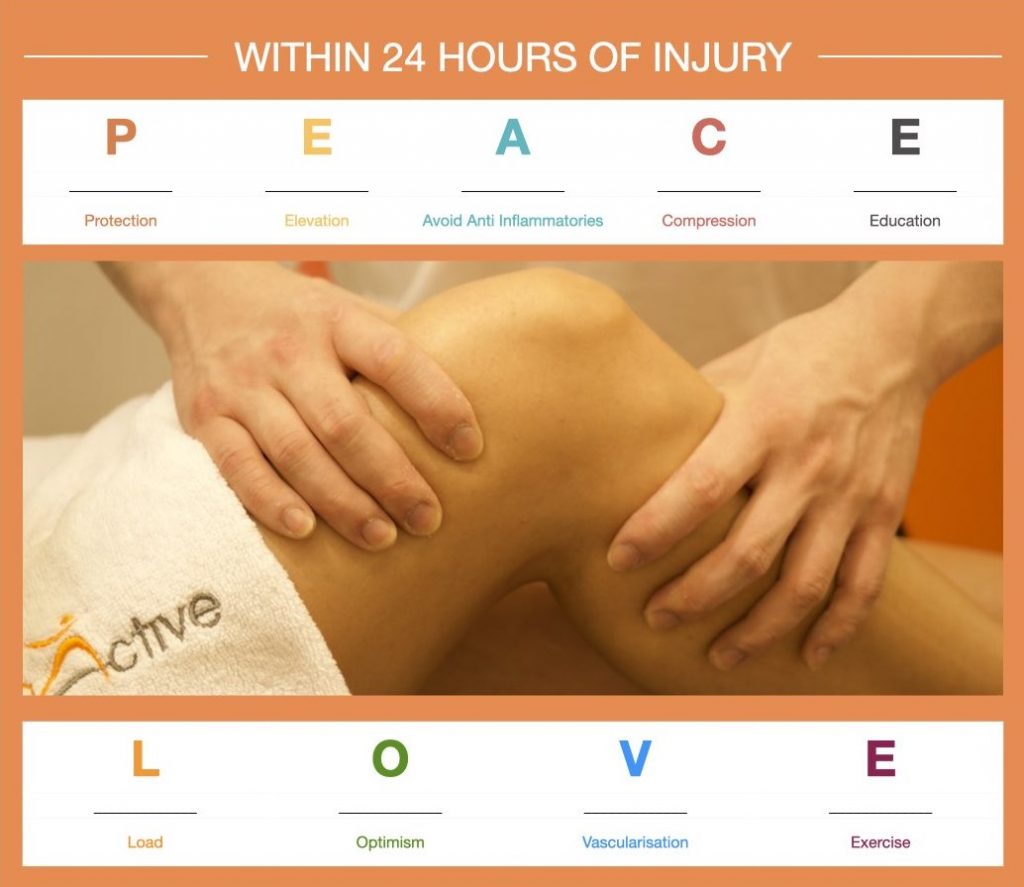
PEACE and LOVE
Protection:
Protects the injured area from activities that cause pain.
Elevation:
Elevating the injured area above the heart as often as possible.
Avoid Anti Inflammation:
Avoid the use of anti-inflammatory drugs because they will hinder the healing process of tissue formation, including the use of inappropriate ice. However, as explained above that inflammation must be controlled, so if the swelling and pain are quite severe, it is better to apply an ice pack within 24-72 hours for 5-10 minutes. Because the use of ice is quite effective for reducing pain and swelling, but if it is too long the use of ice will hinder the healing process itself.
Compression:
Use of elastic bandage and taping to reduce swelling.
Education:
Educate the patient about the injury and what to do in the condition, the use of the modalities has no significant effect. Your body knows what is best to do.
And
Load:
Perform minimal, pain-free loading to continue training the injured area. The load can continue to be increased if the pain is reduced.
Optimism:
Always be optimistic because positive thoughts also affect the prognosis of injury recovery.
Vascularisation:
Choose cardio activities that can be done without causing pain in order to increase blood flow which serves to repair tissues.
Exercise:
Perform exercises to restore range of motion, muscle strength, proprioception and exercise should be done gradually according to conditions so that you can return to activities without pain.
Keep in mind that our bodies can make their own recovery but still need to be controlled and directed so that recovery can occur as expected. And the recovery process takes time and effort. So be patient and keep trying.
To find out more about your condition do not hesitate to consult us and we will be happy to work with you to get you back to your daily activities without pain.

